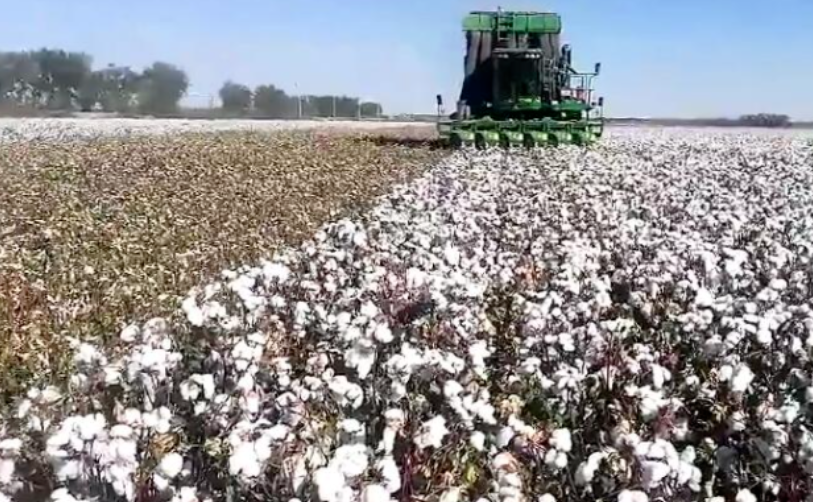From late January to mid-February, ICE cotton futures started a rapid rally, with the main contract rising from around 82 cents to more than 96 cents. During this period, there were no special positive factors in the cotton market, but the fundamentals and macro side were mainly bearish news. Under the background of the general decline in US stocks and commodities, and the significant decline in the expectation of US interest rate cuts, cotton futures have emerged from a wave of “lone Wolf” rising prices, which makes market participants feel incredible.
U.S. futures analysts said that the recent cotton market has no obvious bullish factors, while funds continue to pull up the pan, trading volume and open positions are released a day, this unusual performance is difficult to explain, perhaps the funds learned the market does not understand the situation. Until February 18, the National Cotton Council of the United States (NCC) released its intention to plant cotton area. According to the NCC survey, the U.S. cotton intention in 2024 is 9.8 million acres, a decrease of 3.7% from the previous year, which is quite different from the previous forecast of Cotton Farmers Magazine and USDA Agricultural Outlook Forum. Previously, foreign analysts generally believe that the cotton price rose too fast, from the technical graph point of view has been close to the highest point of the market, is expected to have a strong resistance in 95-96 US. On February 20, with the unexpected positive factors of the NCC United States intention area decline, ICE futures fell sharply after the opening of February 20, and as of the afternoon of February 20, it has fallen more than 200 points, the lowest fell to 92 cents.
According to the USDA Agricultural Outlook Forum, global production and demand will double in 2024/25, and the forecast for cotton demand is more optimistic. With the improvement of the macro economy, the digestion of the industrial chain inventory and the increase of cotton supply, cotton consumption is expected to bottom out and rebound, and cotton prices are expected to rise slightly. However, although the NCC expects the United States cotton area to decline, cotton prices have risen sharply after the release of the survey, and the probability of an increase in practical sowing area in the later period is greater. At the same time, with the improvement of the weather in the cotton producing area of the United States, the probability of the United States cotton abandonment rate this year will be significantly lower than the previous two years, so the probability of a substantial increase in the United States cotton production is quite high. According to the current USDA Outlook Forum forecast, next year’s U.S. cotton production is expected to be 16 million bales, significantly higher than this year’s 12.4 million bales. According to the NCC’s acreage of intention report, US cotton production is expected to be 14.6 million bales, also significantly higher than this year.
In the case of cotton supply, especially the United States cotton supply surge, the extent to which cotton demand can recover is very key to cotton price trend. Even if the macro environment improves, it will take longer for demand to recover. From the recent situation, although the downstream inventory digestion has come to an end, the industrial chain replenishment has begun to appear, but at this stage is far from being able to support such a high cotton price. According to the feedback of the foreign market, the international cotton spot market during the Spring Festival is extremely light, the factory inquiry level is far lower than the cotton price, and the international yarn price has not kept up with the pace of cotton prices, if the profits of the factories in the next few weeks cannot be guaranteed, the high cotton price will eventually be difficult to maintain.
Source: China Cotton Network
Post time: Feb-21-2024


